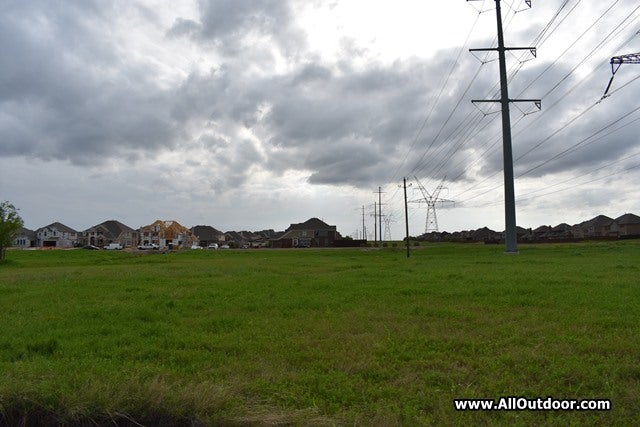Scouting Urban Survival Resources Before SHTF
Kevin Felts 05.31.19

While on a recent trip to Dallas, Texas I took the opportunity to hike a set of electrical main feeder lines. These lines are large towers that are well over 100 feet tall and supply enough electricity to power a city.
Using Google Earth to figure out where the power lines ran and intersecting streets, a co-worker dropped me off two neighborhoods away from where we were staying.
The first thing that became evident was the width of the power line right of way; rough estimate would be 400 feet or so wide. This is more than enough room for entire neighborhoods to farm. Since the power lines ran for hundreds of miles, length is not a problem.
Typically, crews with tractors and brush hogs will travel the power lines at least once a year to clear underbrush. Rural areas on the other hand may get cut every few years. These cleared areas could provide at excellent starting point for farming when a collapse happens. The only thing missing is people working rows of corn with rakes and hoes.
The power line right of way also provides an excellent area to plant with edibles, such as wild plums and grapes.
The next thing that was evident was solar panels here and there. One house almost had its entire roof covered with solar panels. This could provide an excellent barter item by recharging batteries, phones, or CB radios. However, the solar panels could also make the house a prime target for looters.
One thing that surprised me was a clear running stream next to a densely populated area. This had started out as a natural flowing creek that had been expanded and dug deeper with machinery. How did I know the stream had been dug deeper? There were machine marks in the sandstone bottom.
What does all this mean?
People living near open areas such as power line right of ways, golf courses, or play grounds could possibly use those areas for community gardens.
Drainage ditches, whether man made or natural, could possibly provide irrigation for crops or even drinking water if purified.
Wild edibles could be planted along creeks, streams, and drainage ditches, as well as pipeline and powerline right of ways.
People with solar panels may be willing to barter for stuff such as eggs and fresh foods. However, one will need access to resources in order to barter.
Overall, I am rather impressed with how many resources people who live in urban areas have at their disposal.

